Storm season ends; insurers can exhale
A quiet year for hurricanes is producing record profits for insurers. For consumers, though, premiums have soared in coastal areas and gone up an average of 4% nationwide.
advertisement
dap("&PG=INVID1&AP=1089",300,250);
Advertisementvar inDapIF=true;window.setTimeout("document.close();",30000);\n\n\n'));" frameBorder=0 width=300 scrolling=no height=250>
Article Tools
E-mail to a friend
Tools Index
Print-friendly version
Site Map
Discuss in a Message Board
Article IndexBy Bankrate.com
Few industries are more excited by the lack of land-falling hurricanes in 2006 than the nation's insurers.
That's because after 2005, the most costly year on record for U.S. insurers, another blockbuster hurricane season could have spelled disaster for the insurance markets.
The slower-than-expected hurricane season comes as especially good news because insurers were bracing for another active year. Hurricane experts had predicted as many as 17 named storms would make landfall in 2006, but as the June-through-November Atlantic hurricane season drew to a close, only two tropical systems had hit the continental United States.
The lack of storms has translated into a windfall for insurers. According to the Insurance Information Institute, an industry trade group based in New York, property and casualty insurers are on track to register record after-tax net income, with $56 billion in income so far this year -- a 22% jump from last year.
That performance has received a tentative nod of approval from Wall Street. Property casualty insurers' stocks are up 6.84%, on average, for the year, just a few points behind the Standard & Poor's 500 Index.
"Wall Street realized this was a great year, but they also recognized that we are not out of the woods yet," says Michael Barry, a spokesman for the Insurance Information Institute.
More from MSN Money and Bankrate.com
The 50 most storm-prone cities
Calculator: Do you have the right insurance?
12 ways to save on homeowners insurance
20 insurance tips for empty nesters
How to protect your home against disaster
For consumers, however, record-breaking profit for insurance companies did not translate to lower insurance premiums. Homeowners' insurance costs jumped, on average, 4% in 2006 to a nationwide average of $739 per household. (For tips, see "ABCs of your homeowners insurance policy.")
Insurers' own insurance way up, too In hurricane zones, homeowners' costs took an even steeper increase. Depending on location, homeowners in coastal areas saw increases of 20% to 100%. Some state insurers of last resort boosted rates even more.
The force behind those rate increases is a combination of tighter underwriting rules and something called reinsurance.
Reinsurance is a type of insurance taken out by insurance companies to protect themselves from worst-case scenarios like Hurricane Katrina.
In 2005, reinsurance companies picked up 45% of hurricane losses. That means reinsurance companies paid out about $2.59 for every $1 they charged in premiums.
Video on MSN Money
It was supposed to be one of the worst hurricane seasons ever, so what happened? The weather experts explain how an unexpected combination of factors protected the country from the potentially killer storms. Click here to play the video.
As a result, reinsurance rates charged to insurance companies with exposure in hurricane-prone areas jumped 100% to 300%. Nationwide, reinsurance rates are up 20% to 30% on the year.
Because insurance companies are paying more for their safety nets, they passed along much of the cost to consumers.
And the pressure isn't just on homeowners policies. Commercial insurance rates are up as high as 500% in some heavily hit Gulf Coast states, says Jim Donelon, Louisiana's insurance commissioner.
"If you are a small-business owner, a rate hike of 500% is just unbearable," Donelon says.
Insurers avoiding coastal markets In addition to raising rates, insurance companies are putting tighter restrictions on what they will cover. For example, Barry, of the Insurance Information Institute (III), says insurers are forcing homeowners in some markets to install hurricane-resistant upgrades, such as storm shutters, before they qualify for insurance.
In other markets, including the highly exposed southern Louisiana coast and some parts of Florida, insurers are pulling out all together, Donelon says. "We are in a very hard market," he says.
When insurers are looking to renew policies along the coastal United States, they are now taking entire regions into account, rather than considering each state as a separate market.
"The insurance market looks at the entire Gulf Coast as one hurricane alley," Donelon says, adding that he hopes a few more inactive years like 2006 will be enough to persuade more insurers to move back to the coast and begin writing policies again.
"With some good fortune and some more willingness of the industry to re-enter those markets, prices will stabilize the way they did following the Sept. 11 terrorist attacks," he says.
Aside from homeowners and commercial insurance, other insurance costs stayed comparatively under wraps in 2006.
Auto insurance, for example, saw an increase of just 0.5% in 2006, significantly less than the rate of inflation. Analysts at III attribute that tempered increase to a declining number of auto accidents, safer cars, new auto-theft technology and fraud-fighting efforts.
Health insurance also took a comparatively modest increase during 2006. According to a study commissioned by the Kaiser Family Foundation, health-insurance premiums increased by 7.7%. Though that is more than the rate of inflation and almost twice the rate of wage increases for 2006, Donelon points out that it is a smaller increase than in 2005, when costs increased 9.2%, and 2004, when costs jumped 11.2%. (For information on health-insurance basics, click here.)
Increased federal Medicaid reimbursement rates make up part of the equation that helped relieve some pressure on the private insurance market, Donelon says, which helped temper price increases.
"Whatever the reason, we welcome the relief," he says
Below is a list of some of our current homes and land for sale!!
"Fore Ranch" Gated Living! All the Ammenities
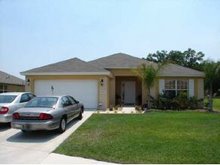
3 bed 2 bath 2 car gargage $227,500
4/2 with loft
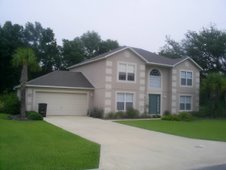
sw 200 location only $309,900
3 bed 2 bath 1 car garage
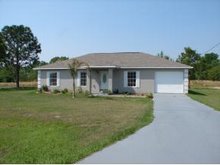
ONLY $147,900
4 bed 2 bath 2 car garage
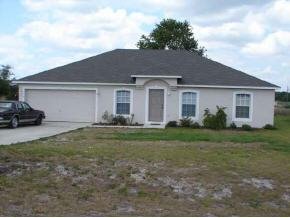
ONLY $179,900 over 1800sqft living
Vacant Lot "Lake Weir Shores"
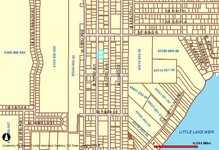
walk to lake weir
Residetial 4bed 2bath
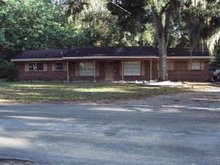
1400sqft only $139,900.00
Residential "Sun Valley"
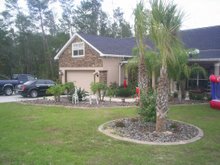
Totaly upgraded over 4000sqft only $499,000

Tuesday, April 10, 2007
Subscribe to:
Post Comments (Atom)

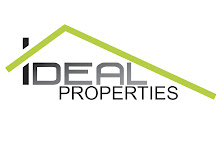

1 comment:
The soft real estate market has provided an opportunity for those seeking long-term investments.
Check out Land For Sale for more opportunities in the land market.
Post a Comment